What are tailor's lines and how to work with them?
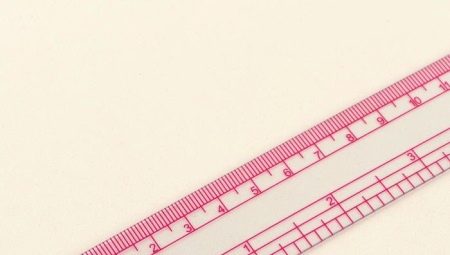
In the process of cutting products, tailors use many special tools and devices. One of these is the ruler. There are several types of this device. There are also certain rules for using tailor lines.
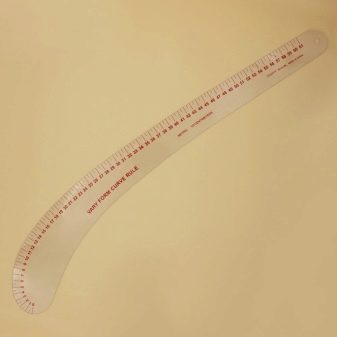
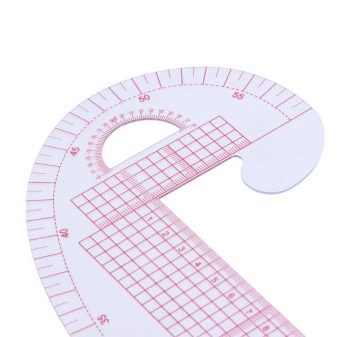
What it is?
Tailor's rulers, or patterns, are special devices with which tailors work in the process of creating patterns. They are used at different stages of product creation: when applying markings, cutting and sewing. The rulers are indispensable when performing simple and complex operations, which include:
- construction of drawings;
- adjustment of ready-made patterns for the features of the figure of the person who will wear the thing;
- quilting;
- creation of the most even lines in places of fabric cuts.
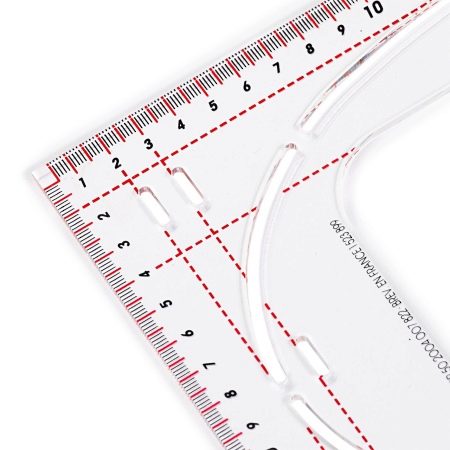
The rulers are used for cutting and sewing a wide variety of products - from car seat covers to soft toys.
Views
There are several types of tailor lines. The purpose of these devices is the same, but the functions can be completely different.
Types of tailor's rulers.
- Straight ruler is the most primitive of all available patterns. Its main purpose is to draw straight lines.
- Angle ruler. It is easy to guess that this device is designed to create corners in a pattern. The tool is familiar to many more from geometry lessons.
- Scale bar - this is a more complex model. It is used only in cases where it is necessary to comply with a certain scale. For example, 1: 2.
- Drop and saber - these are already more complex tailor tools. They are very often used to create armholes.
- Ruler with slider intended for drawing straight lines. Especially necessary for the lower part of the product.
- Flexible mold - irreplaceable in the cutting of clothes, since it allows you to build almost any curve on the surface.
- Pocket templates and other narrow patterns are used in most cases only by experienced tailors and seamstresses.
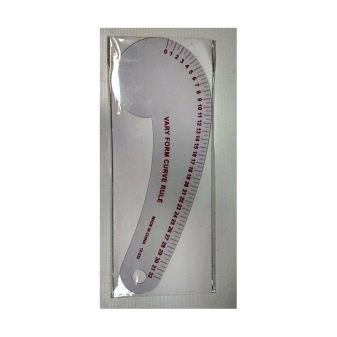
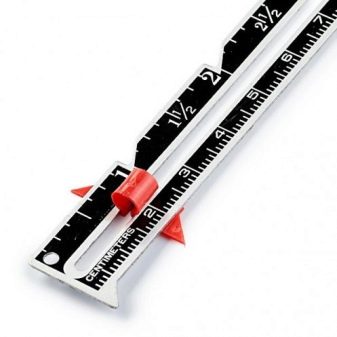
In fact, there are a lot of varieties. There are both classic models and those that have been developed relatively recently for ease of use. All the patterns are united only by the fact that they have markings in millimeters, meters and centimeters.
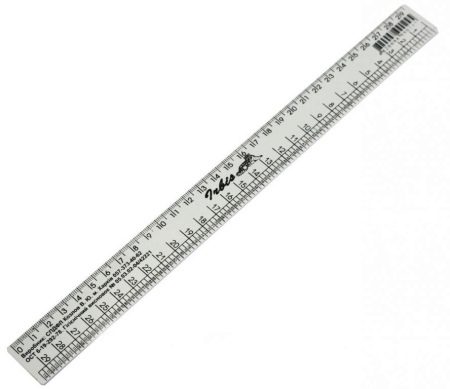
It is usually applied with a highly durable paint. In this case, the marks themselves are additionally engraved on the instrument itself.
Materials (edit)
Rulers or templates can be made from different materials. The main ones are wood, metal and plastic. Wooden models are considered more expensive and of high quality, and have an attractive appearance. Their disadvantage is their relatively high cost and the fact that they begin to get dirty over time. It is not easy to wash such patterns, since when moisture gets in, the tree deforms, therefore, after such processing, it will be simply impossible to use tailor's rulers.
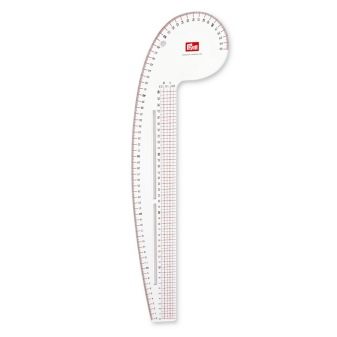
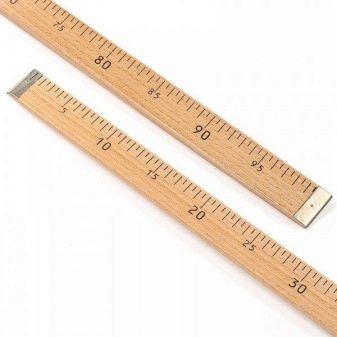
Metal products are convenient and inexpensive, but now they are practically not produced. Metal patterns could often be found during the Soviet era. Now plastic has replaced this material. If, nevertheless, the tailor uses metal patterns, then when working, two features must be taken into account: the tools bend easily and can be deformed, and it is easy to get injured on sharp corners.
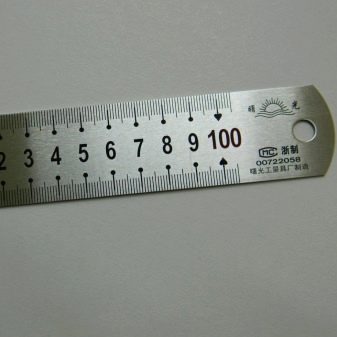
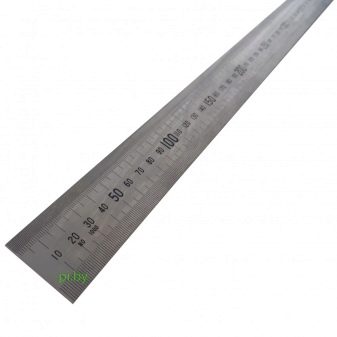
Plastic tailor lines are now more popular than others. The fact is that plastic is the cheapest and most common material. Their advantage lies in their low cost and variety of colors. The disadvantage is quick breakdown.
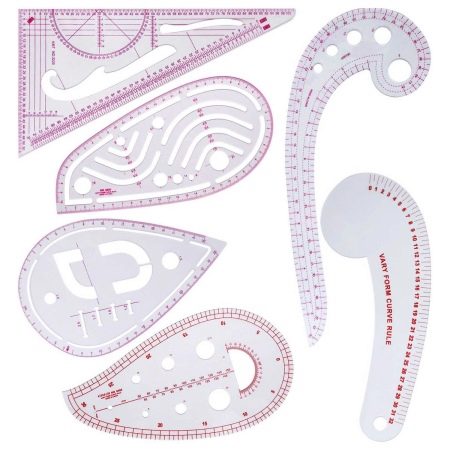
How to use it correctly?
The use of templates is provided in the process of cutting the future product. But after the first fitting, it may turn out that the product needs to be adjusted. In this case, it is also impossible to do without tailor's patterns.
Beginners are encouraged to start with the simplest and most classic patterns. It is not at all necessary to buy the whole set at once. For simple products, you only need a straight tailor's ruler, squares and patterns to build an armhole. As you gain experience and move on to creating more complex products, you can gradually buy new patterns.
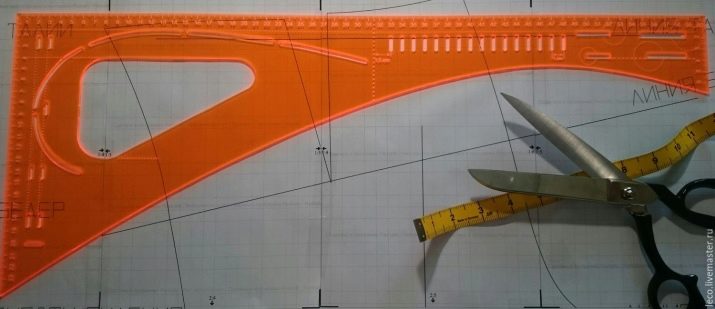
An interesting moment! Experienced tailors often use what is called a flexible mold. Its peculiarity lies in mobility. That is, you can use it to build almost any curve.
The process of using any pattern is simple: you need to put it on the desired area of the pattern, fix it securely (usually it just sticks well with your free hand) and draw the desired line with a pencil or special chalk.
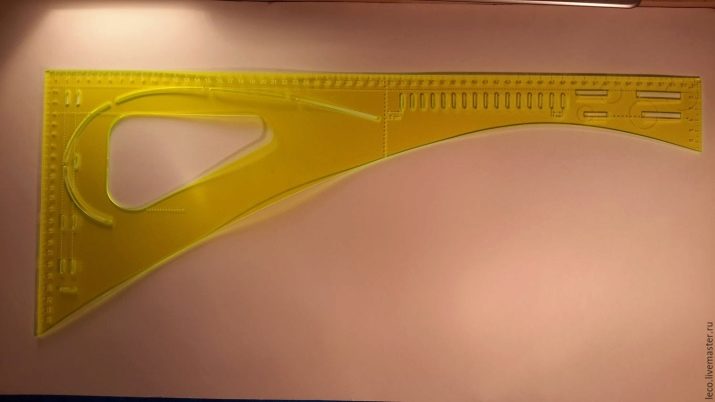
It is very important that in the process of drawing lines, the pattern does not stray from its original position. Otherwise, the pattern will be damaged. Experienced tailors also strongly discourage the use of warped patterns. The fact is that with the help of such tools it is very difficult to draw the necessary straight and curved lines.
Tailor's lines should be purchased only in specialized stores, where the quality of the products will be appropriate. In low-quality patterns, the markup can be erroneous, which will leave an imprint on the entire work.









